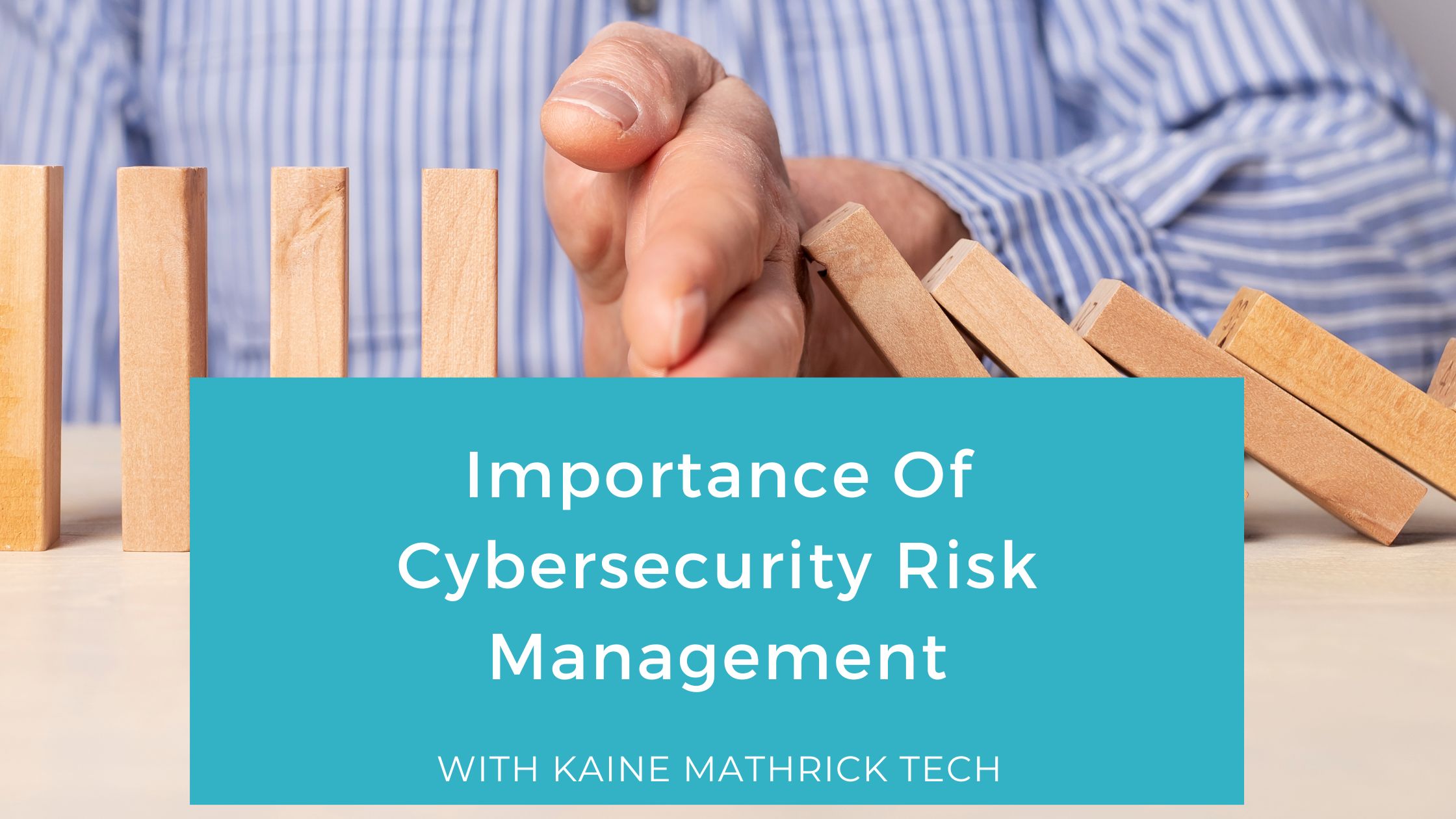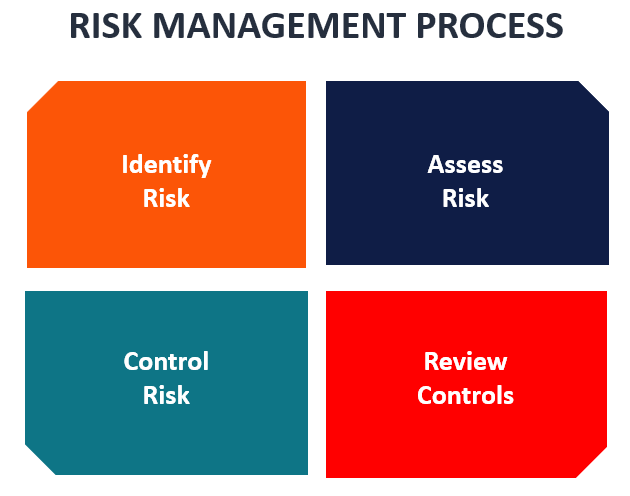Why Organizations Should Focus on the Importance of Risk Management Now More Than Ever
Why Organizations Should Focus on the Importance of Risk Management Now More Than Ever
Blog Article
Checking out the Importance of Risk Management for Effective Decision-Making Approaches
In the detailed world of business, Risk Management becomes a vital consider the decision-making process. The ability to recognize potential hazards and chances, and strategize accordingly, can mean the difference between success and failing. With tools such as SWOT and PESTEL, organizations are furnished to make informed choices, fostering durability and versatility in an ever-changing environment. Wondering how this works? Let's unpack the characteristics further.
Recognizing the Concept of Risk Management
Risk Management, a critical part in decision-making, is typically misunderstood or oversimplified. Typically, it describes the identification, examination, and prioritization of dangers to minimize, check, and regulate the likelihood or influence of unfortunate events. It's not just regarding stopping negative end results, yet additionally about acknowledging prospective possibilities. Risk Management entails organized and self-displined strategies, making use of data and insightful analyses. It needs a detailed understanding of the company's context, purposes, and the prospective threats that could thwart them. From economic unpredictabilities, lawful responsibilities, strategic Management errors, to mishaps and all-natural disasters, it deals with numerous dangers. Notably, reliable Risk Management is not stagnant; it's a continual, progressive process that progresses with transforming conditions.
The Duty of Risk Management in Decision-Making Processes
In the world of calculated preparation and business procedures, Risk Management plays an important function in decision-making procedures. It assists in identifying potential risks and unpredictabilities that might impact the achievement of organization objectives. By mapping these risks, companies can formulate techniques to reduce their impact, making sure company continuity and security. Risk Management hence ends up being an important device in decision-making, aiding leaders to make enlightened selections based upon a detailed understanding of the dangers entailed. It motivates a proactive strategy, making it possible for organizations to anticipate and prepare for feasible future circumstances. This considerably minimizes the possibility of negative effects, advertising extra efficient and effective decision-making techniques. For that reason, Risk Management serves as an important part in the decision-making procedures of any kind of organization.

Just How Risk Management Improves Strategic Preparation
In the context of strategic planning, Risk Management plays a crucial duty. Starting with the recognition of potential threats, it additionally encompasses the application of Risk reduction procedures. The role of Risk Management is not fixed however vibrant, as it demands constant monitoring and adjusting of approaches.
Determining Potential Dangers

Executing Risk Mitigation
Having actually established the value of determining possible dangers, the following action is to discover Risk reduction. This process involves developing and implementing methods to take care of recognized risks effectively. It is an important element of critical planning as it enhances decision-making by decreasing prospective unfavorable outcomes. Risk mitigation strategies can vary from Risk avoidance, Risk transfer, to risk decrease. Each approach should be tailored to the certain Risk, considering its potential influence and the organization's Risk resistance. Efficient Risk reduction needs a deep understanding of the Risk landscape and the possible impact of each Risk. This understanding enables companies to focus on risks and designate resources successfully, guaranteeing that the most significant hazards are addressed initially.
Surveillance and Readjusting Techniques
Though Risk reduction is a critical action in tactical preparation, constant tracking and modification of these techniques is equally crucial. This continuous process permits companies to identify new threats and reassess existing ones, guaranteeing the applied methods continue to be effective in the ever-changing business environment. It additionally offers a possibility to evaluate the success of the Risk Management procedures, permitting changes to be made where needed, more boosting strategic click site planning. Reliable surveillance and change need making use of analytics and essential efficiency indicators (KPIs) to measure performance. These devices provide beneficial data-driven insights that can notify critical decision-making. As a result, monitoring and adjusting Risk Management techniques is an essential component for boosting an organization's resilience and tactical planning.
Instance Researches: Effective Risk Management and Decision-Making
In the world of business and finance, successful Risk Management and decision-making typically function as the columns of thriving business. One such entity is a multinational oil company that reduced financial loss by hedging versus varying oil prices. In one more instance, a technology start-up grew by identifying and accepting high-risk, high-reward techniques in an unpredictable market. A worldwide financial institution, confronted with regulatory uncertainties, pop over to this web-site successfully browsed the scenario through aggressive Risk evaluation and dynamic decision-making. These instances highlight the value of sharp Risk Management in decision-making processes. It is not the absence of Risk, however the Management of it, that commonly separates effective business from not successful ones. These cases highlight the important role of Risk Management in critical decision-making. importance of risk management.
Tools and Techniques for Efficient Risk Management
These tools, such as Risk signs up and heat maps, help in identifying and assessing potential dangers. Risk response strategies, a crucial part of Risk Management, entail approving, staying clear of, moving, or mitigating threats. With these devices and techniques, decision-makers can browse the facility landscape of Risk Management, therefore promoting informed and reliable decision-making.
Future Fads in Risk Management and Decision-Making Methods
As we check out the large landscape of Risk Management, it comes to be apparent that the techniques and tools made use of today will certainly continue to progress. Future trends aim towards a raised dependence on modern technology, with fabricated intelligence and artificial intelligence playing substantial roles. These modern technologies will allow companies to predict possible threats with better accuracy and make more informed choices. In addition, there will be an expanding focus on strength, not just in managing threats however also in getting better from unfavorable circumstances. The idea of Risk society, where every participant of a company is aware and included in Risk Management, will certainly acquire extra importance. These fads advertise an even more comprehensive and aggressive technique towards Risk Management and decision-making.
Conclusion

Risk Management therefore comes to be an important tool in decision-making, assisting leaders to make enlightened options based on a detailed understanding of the threats included. Risk reduction methods can range from Risk evasion, Risk transfer, to run the risk of decrease (importance of risk management). Effective Risk mitigation requires a deep understanding of the Risk landscape and the potential effect of each Risk. Risk feedback strategies, an essential element of Risk Management, involve accepting, staying clear of, transferring, or mitigating threats. The idea of Risk society, where every member of a company is aware and entailed dig this in Risk Management, will acquire extra importance
Report this page